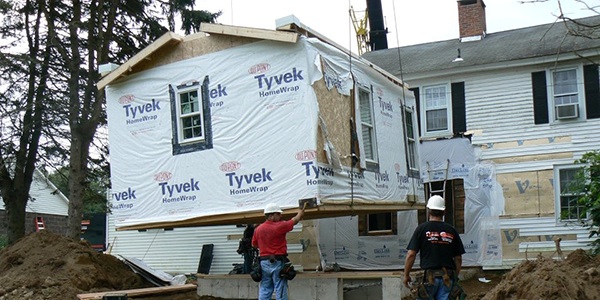 By 2030, the number of Americans over 65 years old is projected to double to 70 million people, according to the U.S. Department of Health and Human Services.
By 2030, the number of Americans over 65 years old is projected to double to 70 million people, according to the U.S. Department of Health and Human Services.
With the elderly population growing at a rapid rate and living longer, an increasing number of seniors are in need of care at home. Some are able to bring services into their own houses, while others are moving to senior living complexes or in with their children.
Watching the aging trend, businesses are taking note.
The Engel Burman Group has developed eight luxury assisted-living rental communities on Long Island and recently has started moving north into Westchester County, building in Armonk and White Plains.
Jan Burman, president of The Engel Burman Group, said their developments have been received well by the community. They”™ve seen a high demand for units and each building has nearly 100 percent occupancy.
In the next two years, Burman said it”™s likely the group will start expanding into Fairfield County.
But while senior housing has performed strongly for a real estate market through the recession, growth has slowed nationwide, especially in comparison with how fast the boomer generation is getting older. In the late 1990s, roughly 55,000 new developments were opening every year, while fewer than 14,000 opened in 2010, according to data from the American Seniors Housing Association.
“It is performing reasonably well,” said David S. Schless, president of the American Seniors Housing Association (ASHA). “But what you actually see is very little new construction.”
Still, senior housing occupancy rates continue a “modest” improvement in the words of the National Investment Center for the Seniors Housing & Care Industry, with NIC reporting an estimated 88.4 percent rate in the first quarter, up 0.8 percent from a year earlier. The national occupancy rate reached its nadir in the first quarter of 2010, at 87.1 percent.
Annual rent growth for seniors housing was 1.2 percent in the first quarter, unchanged from a year earlier but off from the 1.6 percent year-over-year growth recorded in the fourth quarter of 2011.
“The slowdown in the pace of annual rent growth speaks to the challenges that a number of operators have been experiencing in achieving rental rate increases,” Chuck Harry, director of research and analysis for Annapolis, Md.-based NIC, said in a statement.
With a sluggish economy, ASHA”™s Schless said developers can”™t find the capital to build and many families haven”™t been able to afford the housing either. As a result, more families have delayed the move or haven chosen to have the parents live with their children.
For this group, Meriden-based Practical Assisted Living Solutions (PALS) has entered the marketplace. Selling first-floor home modules to add to caregivers”™ houses, the units make room for parents moving in. Each unit comes with handicap accessible furnishings and acts like a home remodeling or addition.
“With medical advancements, people are getting older,” said Alison Rhodes-Jacobson, PALS CEO. “But they”™re outliving their money.”
Rhodes-Jacobson said senior living can cost $7,000 a month in the area, which is too much for the average person to afford. The PALS addition, which Rhodes-Jacobson said adds value to a home, costs roughly $85,000 to install over roughly eight weeks. Plus customers can sell back the unit for roughly 50 percent of the cost after they no longer need it.
“This is just a tsunami,” she said. “It”™s going to affect all of us.”
”“ Alexander Soule contributed to this report.

















